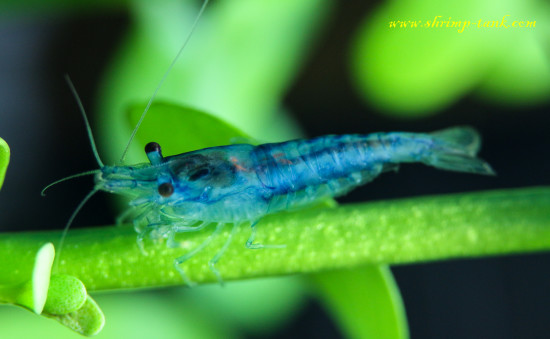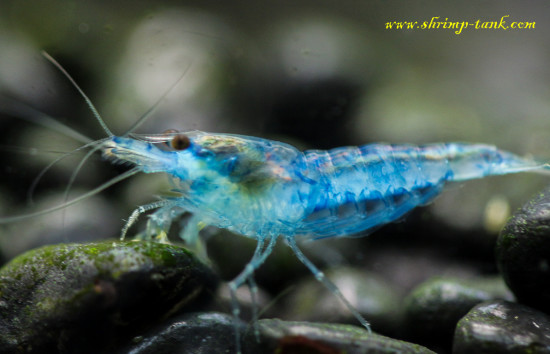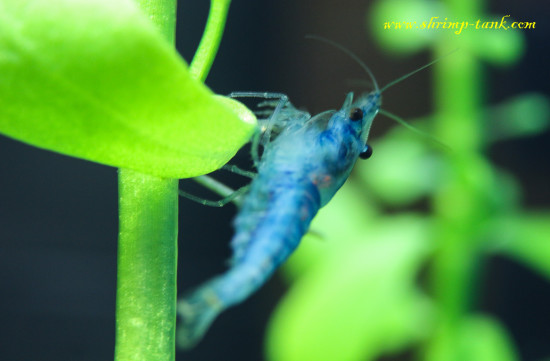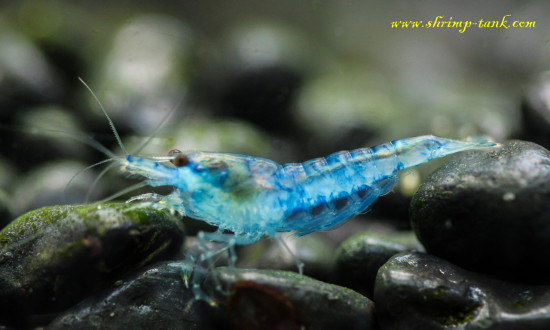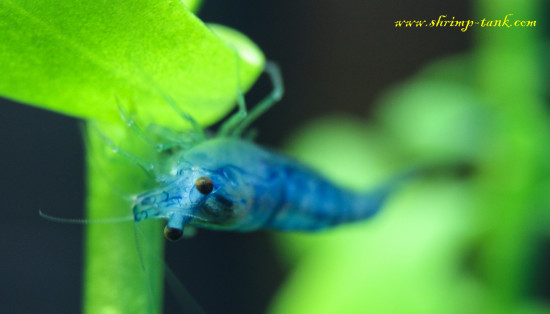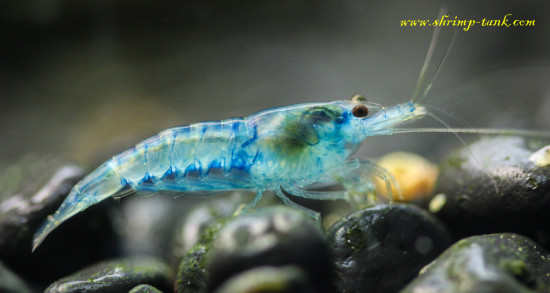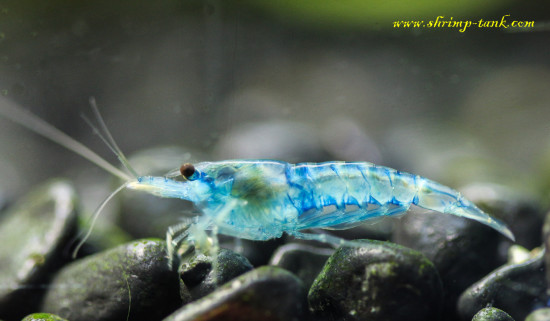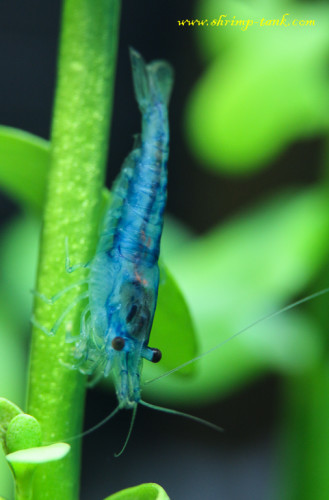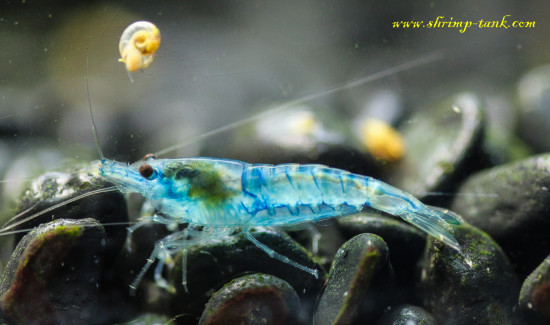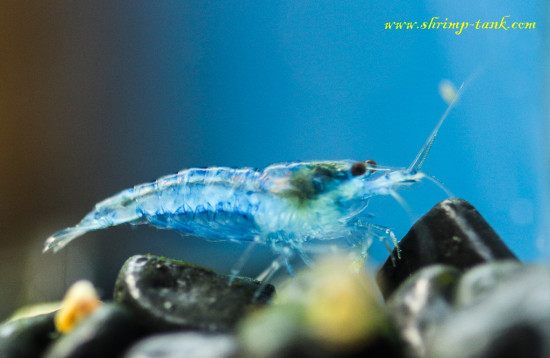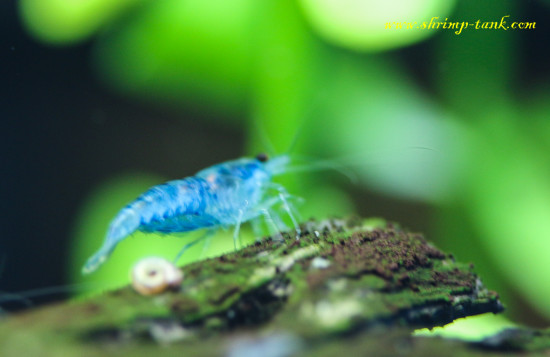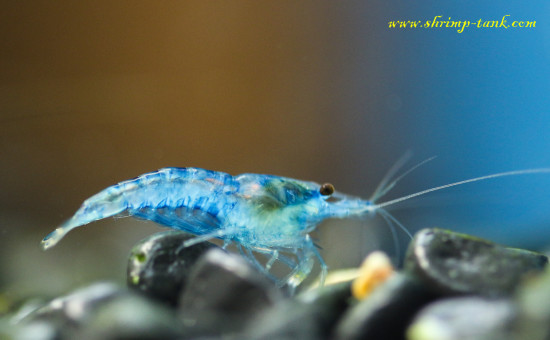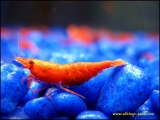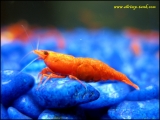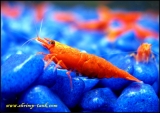Posted in March 22, 2014 ¬ 3:40 PMh.Igor Kanshyn
I’m growing baby tears live plant in one of the shrimp tanks. Scientific name of this plant is Micranthemum Umbrosum. As you can see, it’s not easy to pronounce and remember, so people are using common name ‘baby tears’. Do not mix it with dwarf baby tears, that will be Hemianthus callitrichoides and it’s quite different in appearance and care.
I will not wrote a lot about growing baby tears, you can easily find lots of info online. It’s not a low light plant, it definitely required at least medium light and will get benefits from high light. This is fast growing plant and more light will not cause any problems to it nor let algae grow on it leaves. An interesting thing about this plant that it came from our South neighbour. This plant is originates from Texas, Florida and Virginia in USA. It grow in ditches, small ponds and streams and prefer stale water. As you know, water level in ditches and ponds and not always the same and Micranthemum Umbrosum adopts to it growing outside of the water (emersed).
My baby tears started to grow like crazy in about a month ago and they are little took over the whole tank. All top part of the aquarium has been covered with small Micranthemum Umbrosum leaves and they are some of them were perfectly growing out of the tank. Look at some photos of the emersed plants here:
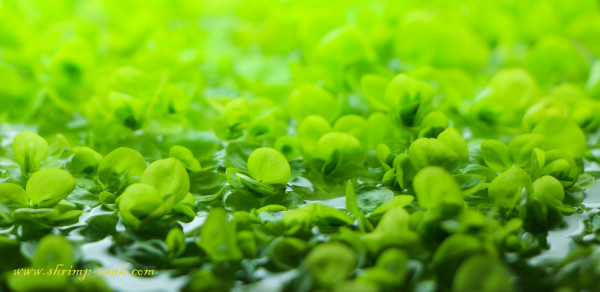
Baby tears plants in a shrimp tank
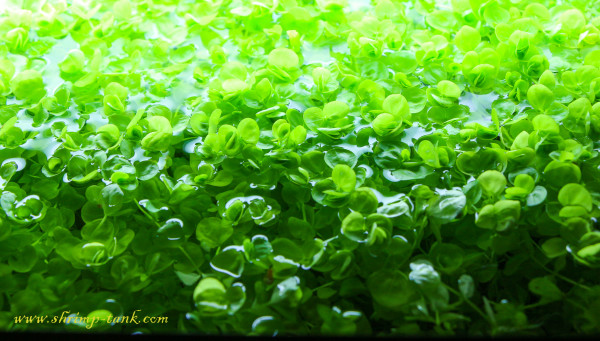
Micranthemum umbrosum aquarium plant in a shrimp tank
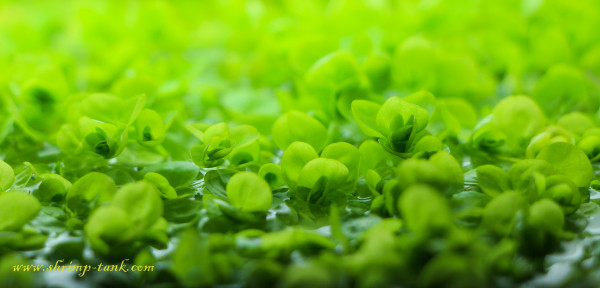
Micranthemum umbrosum aquarium plant close up
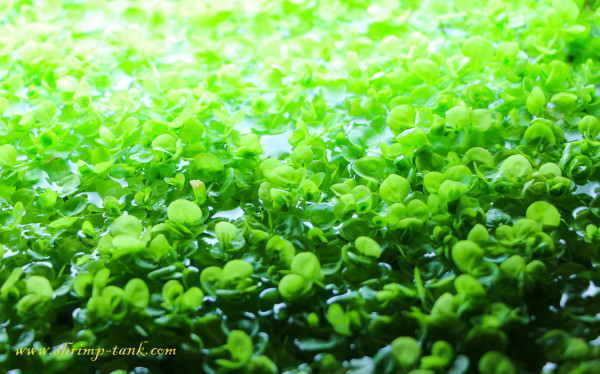
Micranthemum umbrosum aquarium plant in a shrimp tank
and one more photo of a plants in a tank
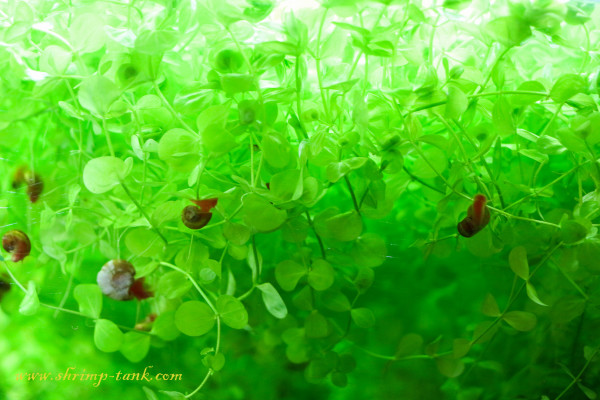
Micranthemum umbrosum aquarium plant inside water
Posted in February 2, 2014 ¬ 3:24 PMh.Igor Kanshyn
I would like to share several close up photos of my orange sakura shrimps. Their scientific name is neocaridina davidi var ‘orange’ shrimps.
These shrimps are easy to keep and, in fact, they are color morph or well-known cherry shrimp. I have seen two color strains of orange shrimps. Some of them are more reddish and they are usually called pumpkin shrimps. Mine are different, they are closer to yellow. Females usually develop nice orange coloration with age. At the same time, males are quite orange and not yellow right from the beginning.
I keep these shrimps in tap water and do not use anything special for them.
Check out some photos below:
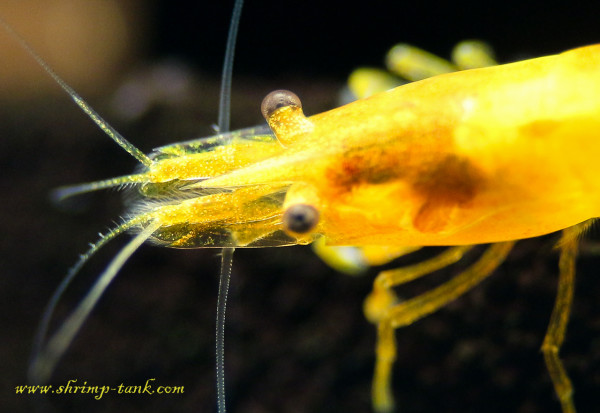
Orange sakura davidi shrimp. Head shot close up
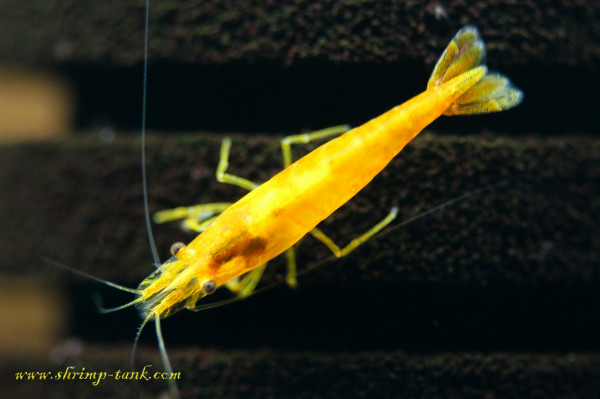
Orange sakura neocaridina shrimp
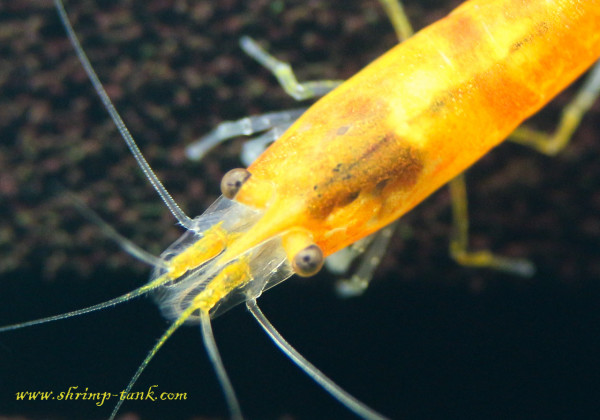
Orange sakura neocaridina shrimp. One more head close up
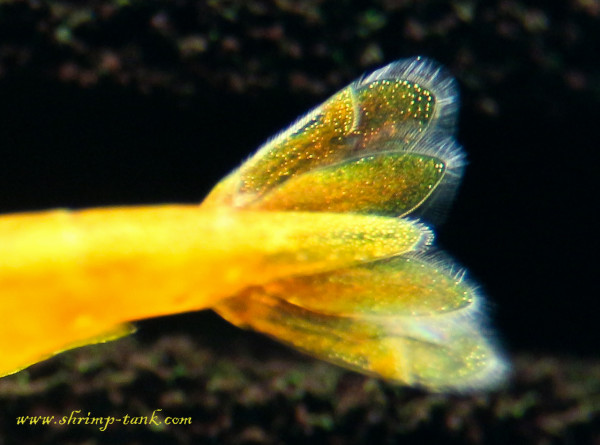
Orange sakura freshwater shrimp. Tail close-up
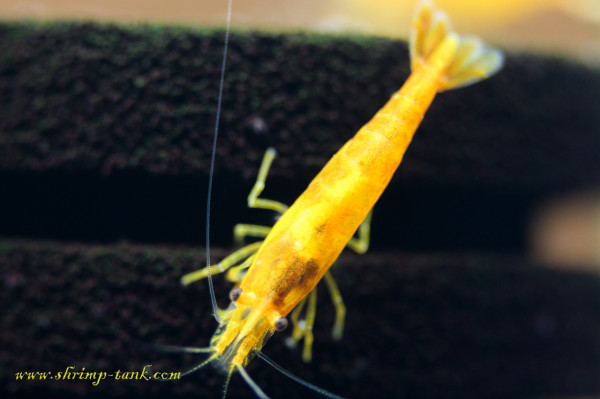
Orange sakura freshwater shrimp on a folder sponge
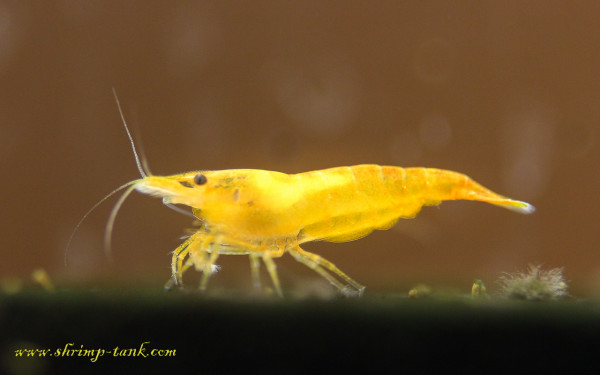
Young orange sakura neocaridina shrimp
I keep these guys in a small 10-gallon tank. Nevertheless, their colony is doing well and I’m currently selling these orange shrimps.
Posted in January 19, 2014 ¬ 12:29 AMh.Igor Kanshyn
Posted in January 14, 2014 ¬ 1:30 AMh.Igor Kanshyn
I have mini ramshorn snails in half of my tanks. This is not because I like them or I wanted them, they are just evasion. They came from nowhere and nearly impossible to get rid of.
Yesterday I was going to clean my IWAGUMI shrimp cube tank sides and notices several snail eggs clutches. These clutches are very small, they are around 1mm in size. It’s impossible to see what is inside with a bare eye. So, I spend some time making photos of them. It’s a great example where technologies are helping us to explore the world, even it that ‘world’ is just front of eyes.
Mini or small ramshorn snails are well-known to aquarium lovers for more than a hundred years. I know some people are keeping and breeding them as a live food for their puffer fish or assassin snails. Other than that, I’m not sure what anybody would specially introduce them in a tank. If you need snails, there are plenty of other options available. You can put your eye on prolific MTS snails, bigger ramshorn snails or gorgeous orange rabbit snails.
I would not say that mini ramshorn snails are causing any problems, it’s just that felling that you have something that us out of your control. Presence of these snails in a tank is that exact thing.
However, they are some approaches to ‘control’ or kill them.
First of all, there are some chemical stuff that contains copper. It’s deadly for all snails as well as for the shrimps. Puffer fish, different botia (loaches) fish will happily eat them. These methods will not work for the shrimp tank. Cooper as well as fish will kill you shrimps faster than snails.
I know only one method to get rid of snails in a shrimp tank. It’s introducing one or several marbled self-cloning crayfish. They crayfish will slowly eat your snails and they will not damage your shrimp colony too much. The only disadvantage of these guys is that they will love your plants more than snails and shrimps. I’ve managed to clean two aquariums from mini ramshorn snails using marbled self-cloning crayfish. One aquarium lots all its plants as well, they second tank plants were significantly damaged.
Ok, enough about ‘controlling snails’ Let’s look at the pictures of eggs and snails themselves. You can see tiny snails inside eggs. They are constantly moving in there. Of the clutch is empty, all baby snails are gone to new live.
-
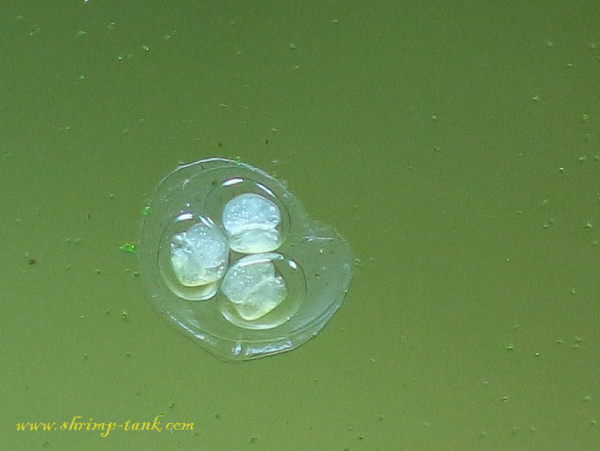
-
Mini ramshorn snails eggs
-
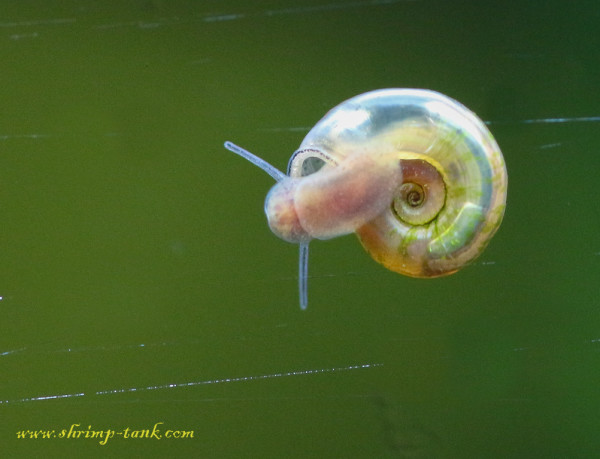
-
Small ramshorn snail
-
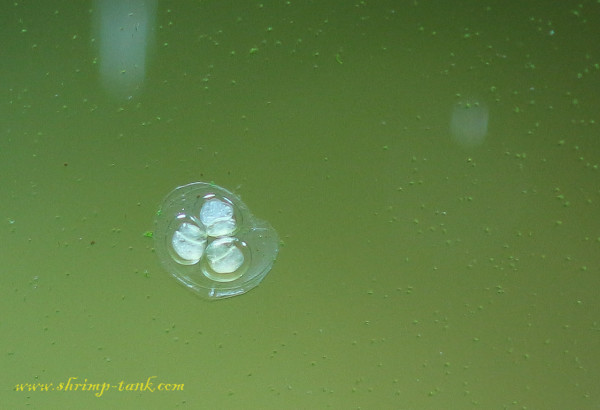
-
Small ramshorn snails eggs
-
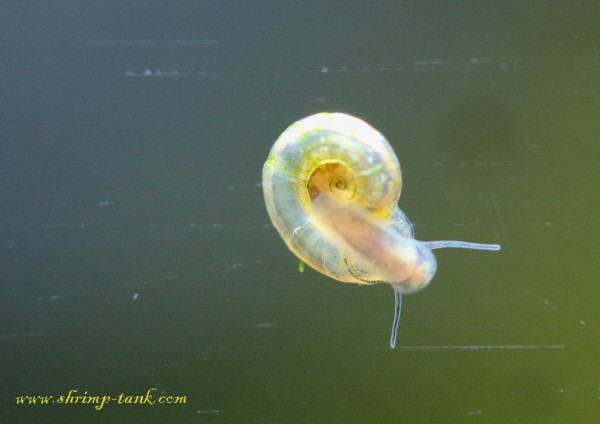
-
Mini ramshorn snails
-
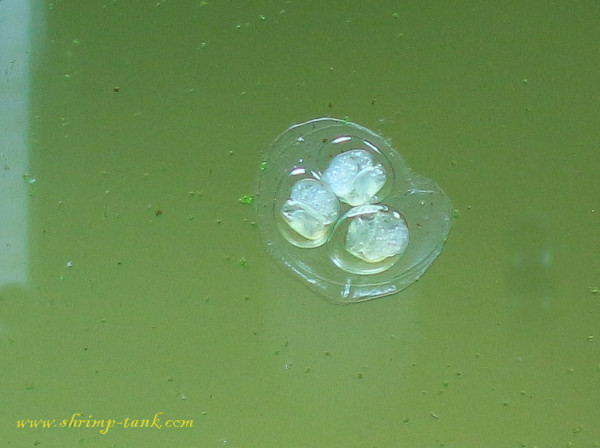
-
Miniature ramshorn snails eggs
-
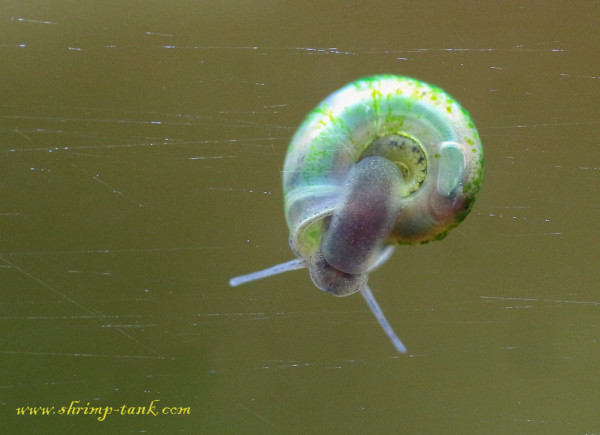
-
Mini ramshorn snails
-
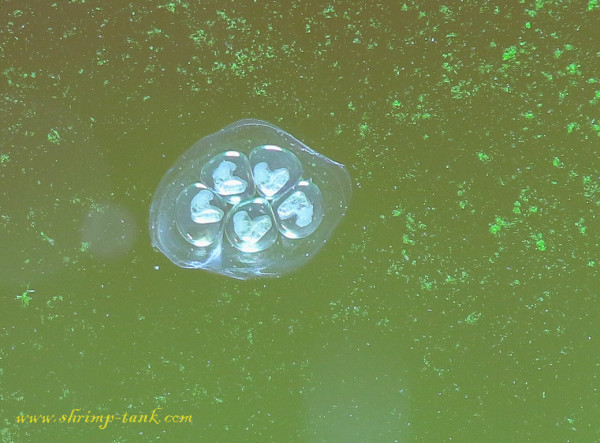
-
Mini ramshorn snail eggs clutch with five eggs
-
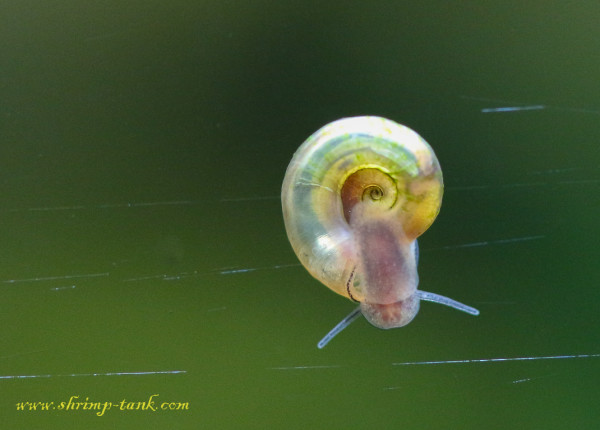
-
Mini ramshorn snails
-
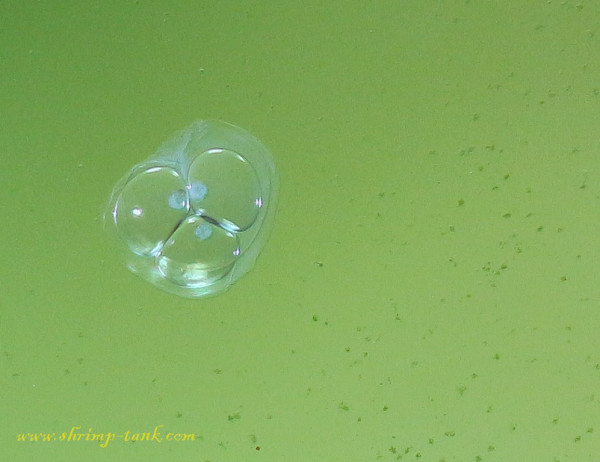
-
Very small mini ramshorn snail embryos
-
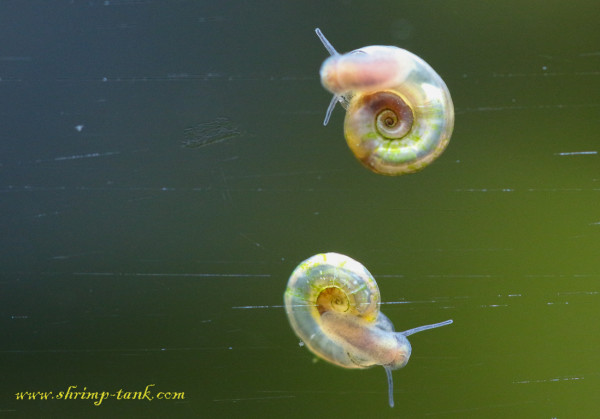
-
Two mini ramshorn snails
-
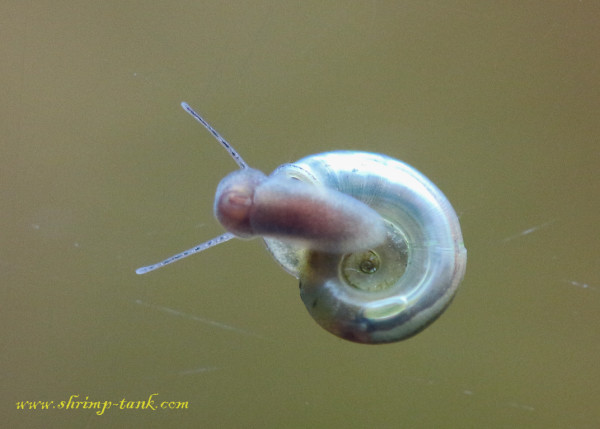
-
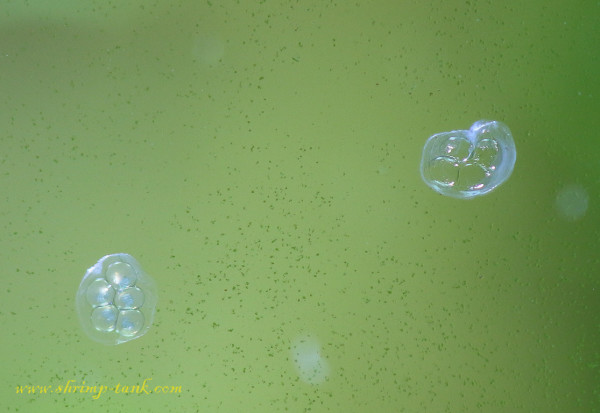
-
Small ramshorn snails eggs
-
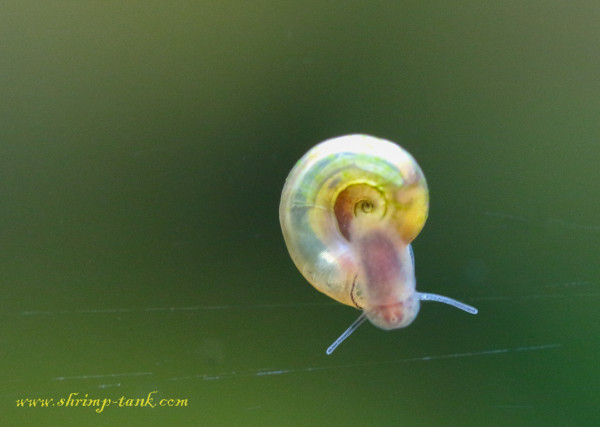
-
Small ramshorn snail
-
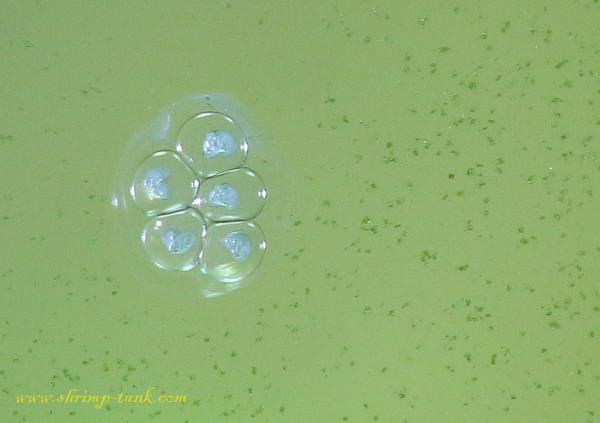
-
Big clutch of mini-ramshorn eggs
-
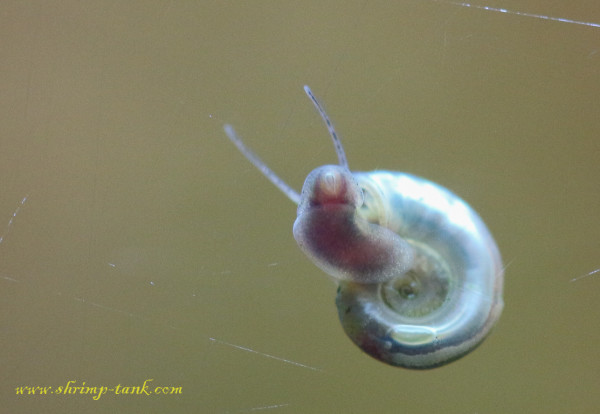
-
Mini ramshorn snail is crawling up
Adult mini ramshorn snails are not bigger than 5mm, and usually they are under 3mm in size.
Posted in January 12, 2014 ¬ 12:28 AMh.Igor Kanshyn
I have one very interesting shrimps in my chocolate shrimps tank. It’s a make and it doesn’t look like my other chocolate shrimps. It’s bright red shrimp :).
You might read about new red variation of neocaridina davidi (former heteropoda) shrimps before. These shrimps are super cool and they are called Bloody Mary. They color is different from cherry, fire reds and painted fire red shrimps. They are move bright or scarlet in color.
This one unique shrimps I have is Bloody Mary. This totally makes sense, because Bloody Mary shrimps were selectively bred from neocaridina chocolate shrimps. This is what I have. A rare mutation took place and I ended up with this amazing create.
Look at the close-up high-definition video with this red shrimp.
I’m posting one picture of this Bloody Mary shrimps below.
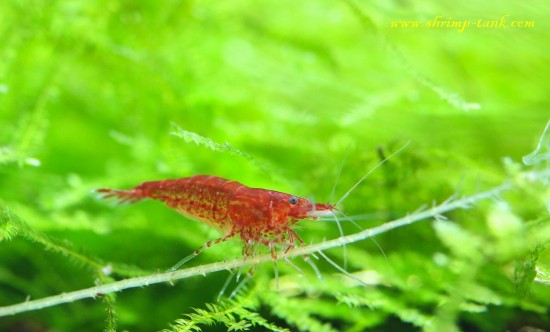
Neocaridina davidi var. 'bloody mary' male shrimp
And here you can see it together with a sibling. These both shrimps were born in the same tank. Do you see the difference?
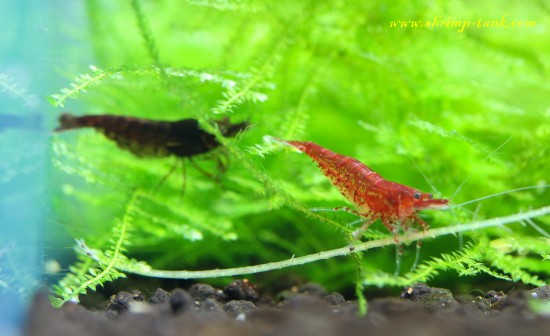
Neocaridina chocolate and 'bloody mary' shrimps
Look at a better picture of a chocolate shrimp here. It’s a female
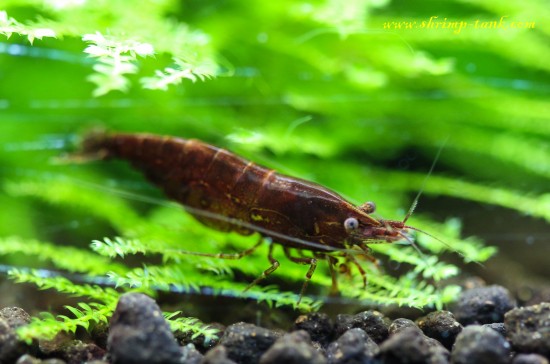
Chocolate davidi shrimp
I have made much more pictures of this red guy. I hope I will find time to post them soon.
Bloody Mary shrimps, Chocolate shrimps, Freshwater shrimps, neocaridina davidi, Neocaridina shrimps, Painted Fire Red shrimps, ShrimpBloody Mary, davidi, Freshwater shrimps, heteropoda, neocaridina, painted fire red











